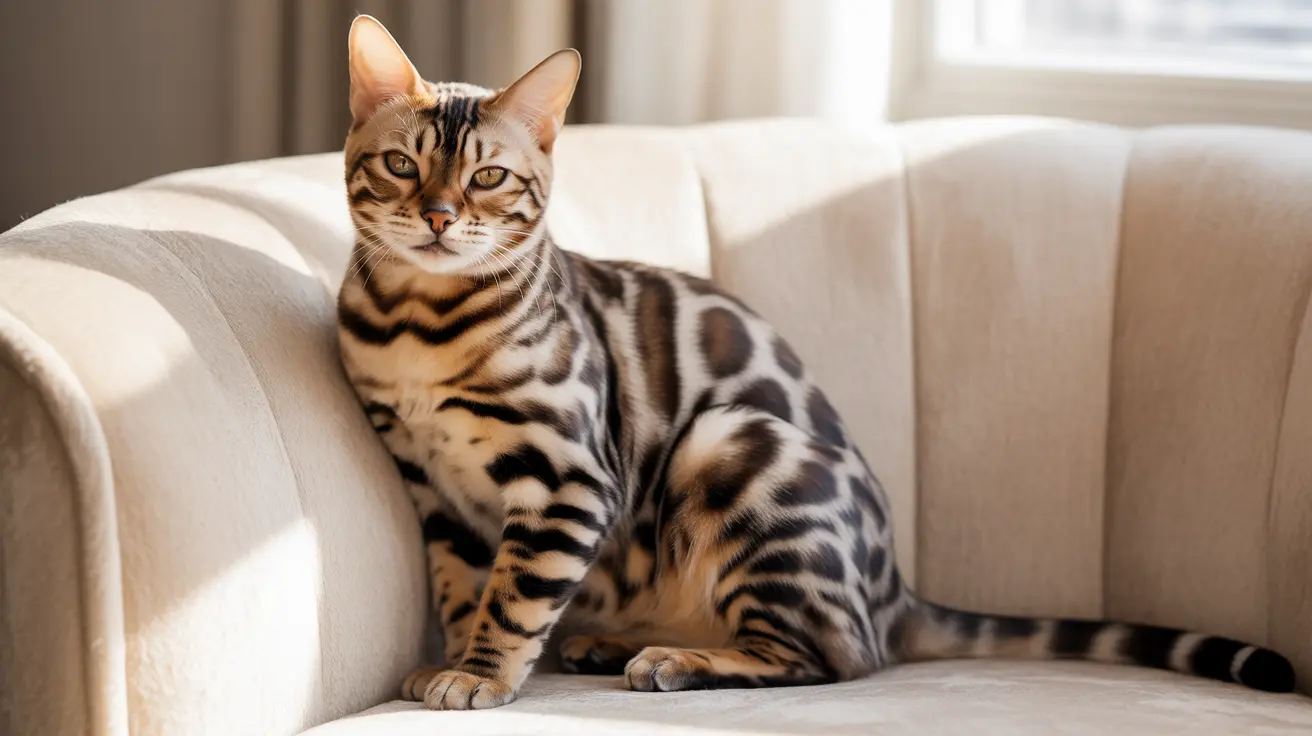Do Indoor Cats Live Longer Than Outdoor Cats?
Cats are beloved companions known for their independence, curiosity, and affectionate nature. One important consideration for pet owners is whether to keep their feline friends indoors or allow them outdoor access. This question not only affects a cat's lifestyle but also has a profound impact on its life expectancy. According to veterinary insights and feline aging studies, the environment in which a cat lives plays a major role in how long it may live.
On average, indoor cats live longer than their outdoor counterparts. Understanding the reasons behind this discrepancy can help owners make more informed choices about their cats’ care and safety.
Life Expectancy: Indoor vs. Outdoor Cats
Indoor cats typically live between
13 to 17 years, and many reach into their early
20s with proper care. In contrast,
outdoor cats — especially feral or stray ones — often have a lifespan of only
2 to 5 years.
Reasons Why Indoor Cats Live Longer
- Protection from Environmental Hazards: Indoor cats are shielded from traffic, predators like dogs or wild animals, and accidental poisoning from plants or chemicals.
- Reduced Exposure to Diseases: Indoor cats have lower risks of contracting contagious diseases such as feline leukemia (FeLV), feline immunodeficiency virus (FIV), and upper respiratory infections.
- Improved Nutrition and Diet Control: Living indoors allows owners to provide a balanced diet with fewer opportunities for scavenging or consuming spoiled food outdoors.
- Controlled Reproductive Status: Indoor cats are more likely to be spayed or neutered, reducing risks related to pregnancy and territorial fights.
- Regular Veterinary Care: Indoor cats usually benefit from consistent medical attention, vaccinations, and preventative care routines.
- Injury Prevention: There’s virtually no risk of car accidents, fights with other cats, or accidents involving machinery or traps.
Challenges of an Indoor Lifestyle
While the indoor life is safer, it comes with its own set of challenges. Owners should be vigilant to prevent common indoor-related issues:
- Obesity: Limited exercise indoors can lead to weight gain.
- Boredom: A lack of mental stimulation may trigger anxiety, depression, or behavioral problems.
- Undersocialization: Some indoor cats may become timid due to limited exposure to varying people or experiences.
Cat owners can counter these problems by providing window perches, interactive toys, scratching posts, and regular playtime. Rotating toys and changing the environment keeps their cat mentally engaged.
Do Certain Breeds Live Longer?
Although indoor living improves longevity, other factors come into play.
Breed affects longevity; some purebreds are more prone to genetic conditions, which may shorten their lifespan.
Mixed-breed cats often benefit from hybrid vigor, making them healthier overall.
Healthcare and Aging
Maintaining longevity doesn’t stop at lifestyle. Here are preventive and age-appropriate care strategies for indoor cats:
- Kittens: Require vaccinations, socialization, and regular vet check-ups.
- Adult Cats: Need a balanced diet, annual wellness exams, and dental hygiene monitoring.
- Mature and Senior Cats: Should have bi-annual vet visits, joint supplements, and regular monitoring for appetite and behavior changes.
As cats age, physical signs like
dental wear,
cloudy eyes,
muscle loss, and
coarser fur become more apparent. Indoor cats, shielded from the elements and trauma, show signs of aging more gradually than outdoor ones.
Veterinary Perspectives
Veterinarians agree that
safe and enriched indoor environments significantly improve a cat’s quality and length of life. They recommend microchipping, spaying/neutering, and creating a stimulating indoor environment to mimic natural hunting and climbing instincts.
Conclusion: A Longer, Safer Life Indoors
In conclusion, indoor cats do indeed live longer—with many reaching 15 to 20 years or more—compared to the much shorter lives of outdoor cats. While both lifestyles can have benefits, the indoor setting clearly provides a safer, more controlled environment that promotes long-term health and wellbeing. For cat owners who wish to strike a balance, supervised outdoor exposure using catios (cat patios), leashes, or enclosed yards can offer the best of both worlds.
A little awareness and care go a long way in giving indoor cats a long, happy, and comfortable life.





